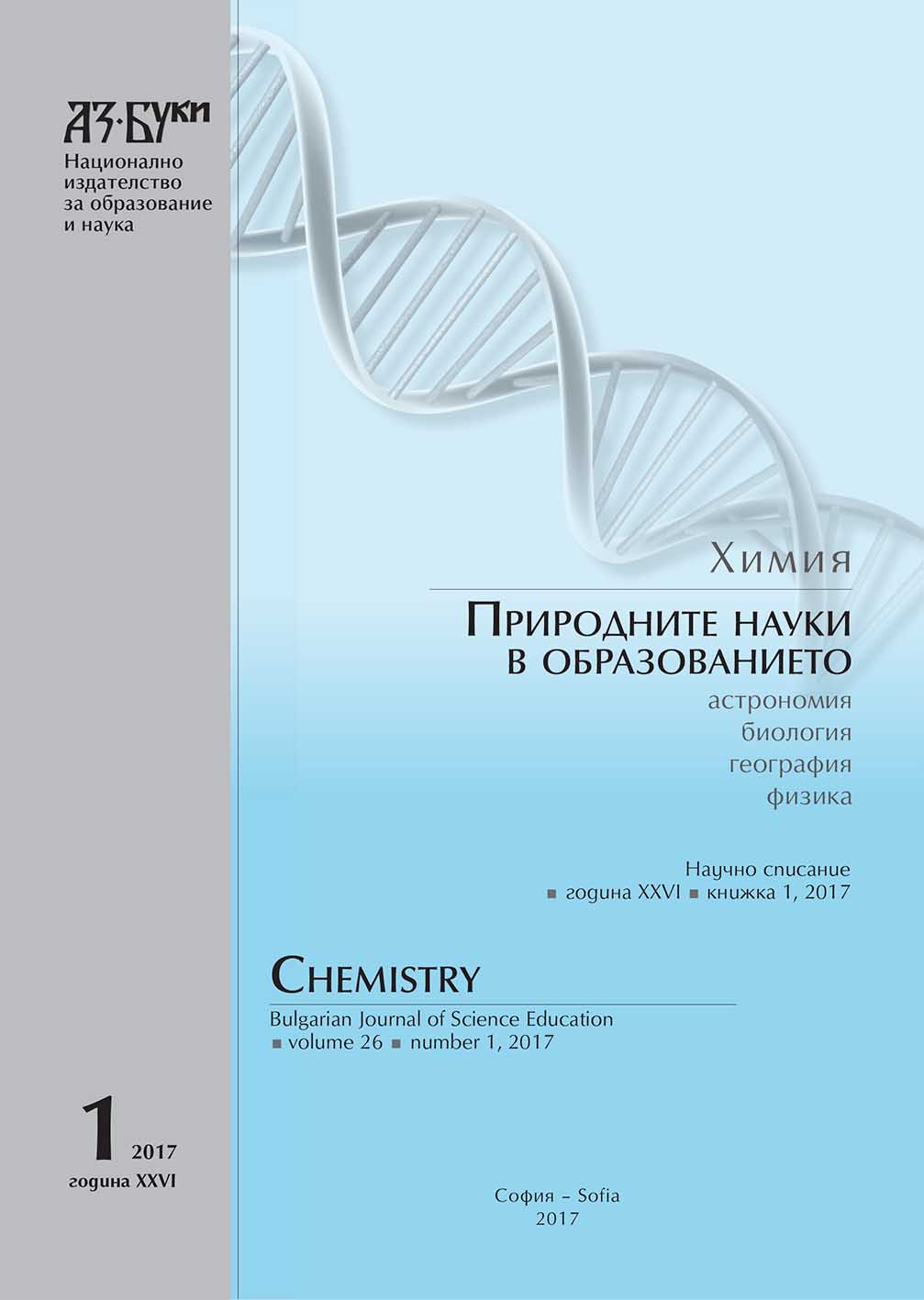Higher Education in Engineering and Technology – the Present Scenario
Higher Education in Engineering and Technology – the Present Scenario
Author(s): S. Sendilvelan, T. G. BalachandranSubject(s): Social Sciences, Economy, Education, Business Economy / Management, Vocational Education, Adult Education, Higher Education , State/Government and Education
Published by: Национално издателство за образование и наука „Аз-буки“
Keywords: higher education; Indian scenario; regulating bodies
Summary/Abstract: The Higher Education system all over the world in general has over the years been evolving and changing to meet the essentialities of its citizens. In order to improve and sustain, standard efforts are put in to create better atmosphere for reaching higher echelons. Education systems that are introduced enhances the social, environmental and quality of the country in general. The type of education and access to education has a direct relationship to the economical development and the country’s progress. Though we could see progress happening but we have to ensure that quality education is provided. With specific reference to India, we have at present 6,415 engineering/technology institutions with an intake capacity of 1,844,642 students at the under-graduate level. At times it seems that due to mushrooming of technical institutions in India, the challenge in maintenance of quality in technical education takes a very serious dent. In fact this issue remains upper most in the minds of the students, the parents, the faculty and the industry alike. There is a strong correlation between a country’s competitiveness and the quality of education, more so of higher education. Developing nations like India should start to explore and exploit its excellent potential and move forward, to attain a higher level of quality in engineering education, by strengthening its talent. The various quality assurance approaches and models that are in place elsewhere in the world could be studied, compared and applied in shaping the national vision.
Journal: Химия. Природните науки в образованието
- Issue Year: 26/2017
- Issue No: 5
- Page Range: 680-685
- Page Count: 6
- Language: English
- Content File-PDF

